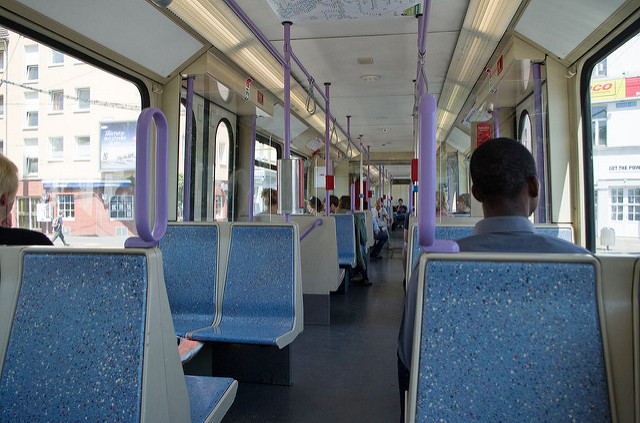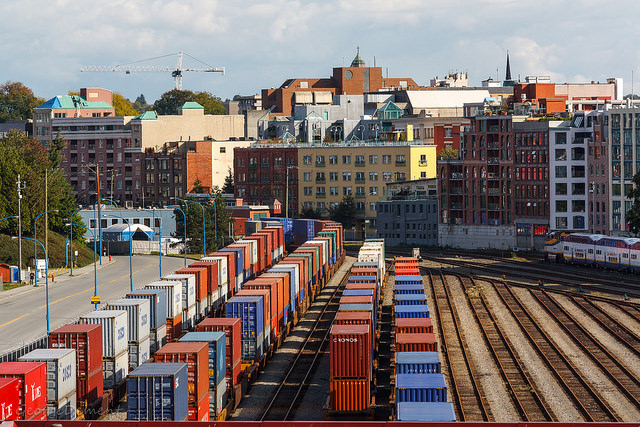The Immigration Minister in the UK Damian Green has said that the changes that have been brought in from 6 April 2011 will reduce levels of new immigration to the tens of thousands per year. Changes to the immigration system include the following:
Topical:





